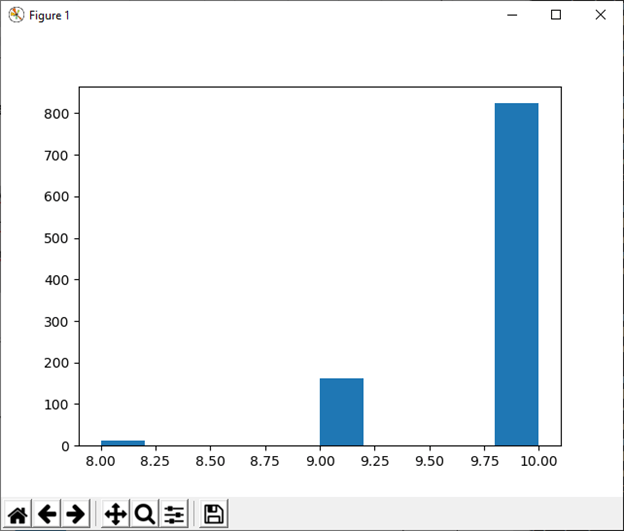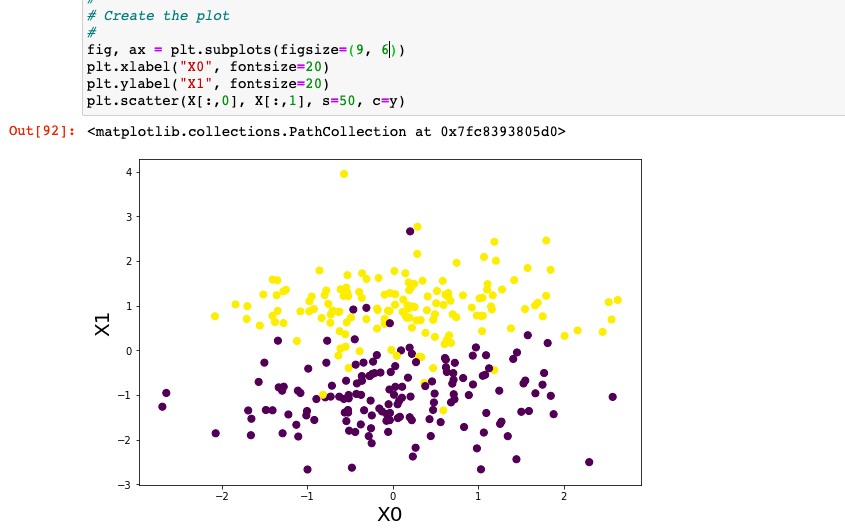


biasedurn import (_PyFishersNCHypergeometric,įile "biasedurn.pyx", line 1, in init fixes import np_version, parse_versionįile "C:\ProgramData\Anaconda3\envs\tf\lib\site-packages\sklearn\utils\fixes.py", line 20, in įile "C:\ProgramData\Anaconda3\envs\tf\lib\site-packages\scipy\stats\_init_.py", line 441, in įile "C:\ProgramData\Anaconda3\envs\tf\lib\site-packages\scipy\stats\stats.py", line 43, in įile "C:\ProgramData\Anaconda3\envs\tf\lib\site-packages\scipy\stats\distributions.py", line 11, in įile "C:\ProgramData\Anaconda3\envs\tf\lib\site-packages\scipy\stats\_discrete_distns.py", line 19, in įrom. from trics import classification_reportįile "C:\ProgramData\Anaconda3\envs\tf\lib\site-packages\sklearn\_init_.py", line 82, in įile "C:\ProgramData\Anaconda3\envs\tf\lib\site-packages\sklearn\base.py", line 17, in įile "C:\ProgramData\Anaconda3\envs\tf\lib\site-packages\sklearn\utils\_init_.py", line 28, in įrom.
#Numpy random code#
The output which is generated on executing the code completely depends on the random data variables that were used by the system, and hence are input dependent.
#Numpy random how to#
However, I am receiving this error message which I am not sure how to resolve. The NumPy random seed function enables the coder to optimize codes very easily wherein random numbers can be used for testing the utility and efficiency. Q8 Write a python code that creates a numpy array of 10 randomly generated values between 0 and 100.I would like to use the classification_report module from trics in my project.

After generating the array, performs the following operations: Q7 Use NumPy random number function to generate at least 1000 numbers between the range of 1 to 100,000. As we want 10 random values so we will use size parameter to specify that. Randint() function is used to generate random integer values. Q6 Create a NumPy array of 10 randomly generated values from 0 to 100. Output array() Q5 Use NumPy functions only, create an array of 10 random numbers in standard normal distribution. To learn more about randint(), visit How to use NumPy random randint? Q4 Create a 2x3 NumPy array that contains 6 random integers between 2 and 6. Q3 Create a 2x3 NumPy array that contains 6 normally distributed random numbers with mean 10 and standard deviation 5. Your output may be different from the one shown above. Q2 Create a 5x5 NumPy array r that contains 25 uniformly distributed (pseudo) random numbers between 0 and 1. import numpy as tg Arr tg.random. The below example prints the number between 0 and 3. The NumPy random normal() function generate random samples from a normal distribution or Gaussian distribution, the normal distribution describes a common. The method generates an array of the specified shape and populates it with random samples obtained from a continuous uniform distribution throughout the range 0.0, 1.0). If we don’t specify the size, then it returns a single number. The random.random () function in NumPy returns random numbers in a specified shape. Q1 Create a 1 dimensional NumPy random array a and sort it. The Python numpy random randint function returns the discrete uniform distribution integers between low (inclusive) and high (exclusive). How to generate random uniform distributed NumPy array?.

How to generate random integers in NumPy?.If you want to learn more about the random module and their functions, visit the following tutorial: So, to solve these questions quickly, it is recommended that you know these functions. The NumPy random seed function enables the coder to optimize codes very easily wherein random numbers can be used for testing the utility and efficiency. In NumPy, there is a random module that has various functions such as randint(), rand(), uniform(), choice(), and others for generating random numbers. Practicing these exercise questions will solve your doubts and improve your understanding of different ways of generating random numbers in NumPy. You will find practice questions related to the random number generation in NumPy on this page.


 0 kommentar(er)
0 kommentar(er)
